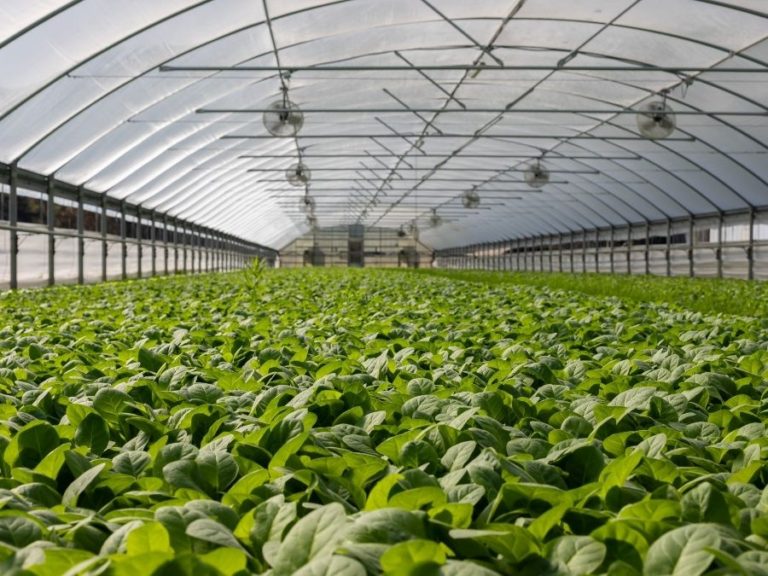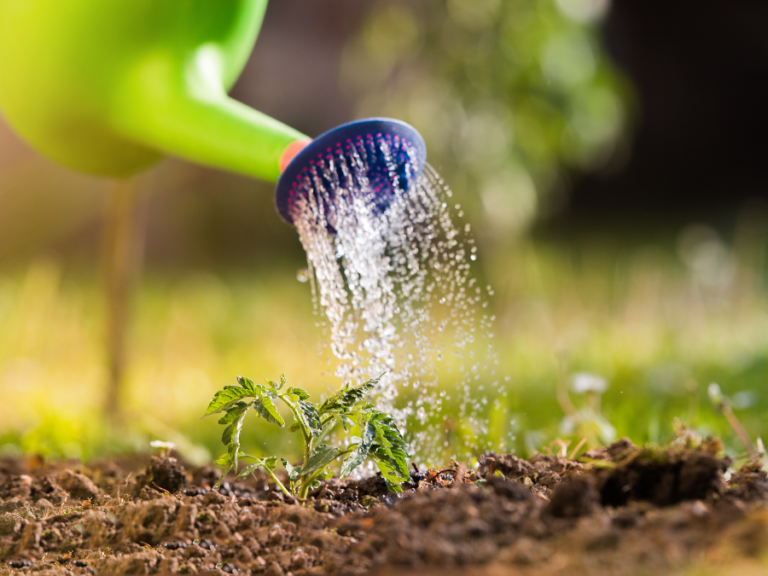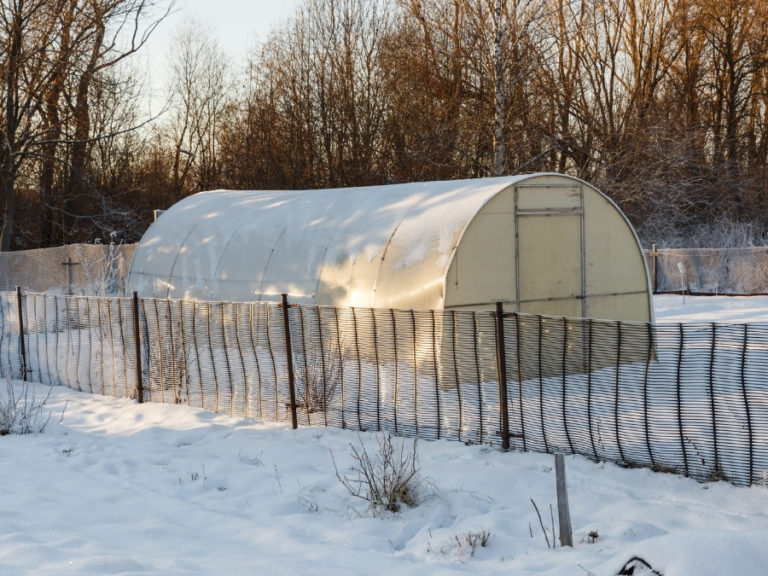Why Your Vegetables Are Not Growing (18 Most Common Reasons)

Stunted growth, wilting, and changes in leaf colour and texture are all common signs that something may be hindering your garden’s progress. Chances are, if you stumbled onto this article, you are trying to find out why your vegetables are not growing. Maybe your crops are getting too much sun, the soil lacks nutrients, pests are feeding on your plants, or it could be a combination of factors.
In this article, we will look at the 18 most common reasons why your vegetables might not be growing, along with some common symptoms and ways to prevent and treat the issues.
Disclaimer: This article includes affiliate links. If you click one of them, we may receive a small percentage of the sale at no extra cost to you. Thank you for your support!
18 Reasons Why Your Vegetables Are Not Growing
It is important to closely examine your vegetable gardens as some of the issues may not be as apparent, or you could have a combination of factors contributing to an unsuccessful yield. The following are in no particular order.
1. Not Enough Sun

Vegetables and plants can vary on the amount of sunlight needed to grow and produce successfully. Many vegetables require full sun for around six to eight hours every day. Based on this, the first question you should ask yourself is whether or not your garden is getting enough sunlight.
Common signs your garden is not getting enough sun are:
- Stretch or leggy seedlings
- Vegetables have slowed or stopped growing
- Yellowing leaves
- Dropping leaves
If you are experiencing any of the signs above, lack of proper sunlight could be the source of your garden’s problems.
So, how do you fix this? The best way to address this issue is to relocate your garden into an area that receives full sunlight all day. If this is not doable, it may be best to grow vegetables that require less sun and are better suited for your space.
Some vegetables that thrive in partial shade are:
- Arugula
- Spinach
- Cilantro
- Kale
- Beets
- Carrots
2. Too Much Sun
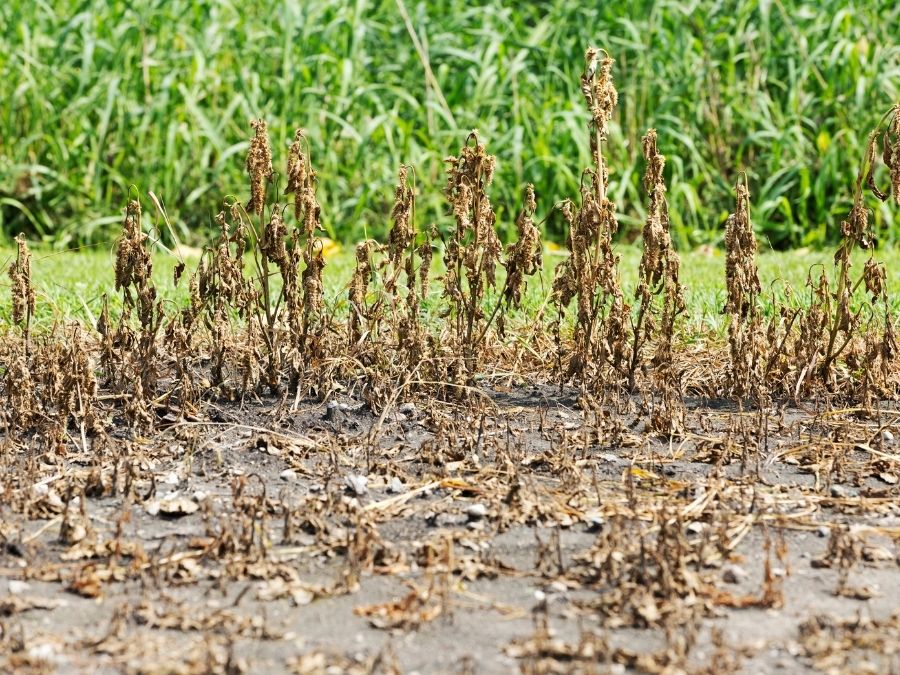
Just as not enough sun can be detrimental to a garden, too much sun can also lead to problems, especially if you live in an extremely hot and dry climate.
Common signs your garden is getting too much sun:
- Dark brown or burnt spots
- Bleached spots
- Crunchy or crispy leaf texture
- Soil feels dry or may even harden
If your vegetables are suffering from high sun exposure, there are a few ways to try and resolve this issue. The first would be to consider moving your garden to an area of your yard that is shaded during the hottest hours of the day. The next would be to invest in a shade cloth or umbrella. And lastly, consider adding a layer of mulch on top of the soil or planting more vegetables that thrive in the full sun, such as:
- Tomatoes
- Cucumbers
- Peppers
- Watermelon
- Squash
For more information on sunlight and your garden’s health, check out our article “Do Vegetable Plants Need Direct Sunlight?”
3. Issues With Soil
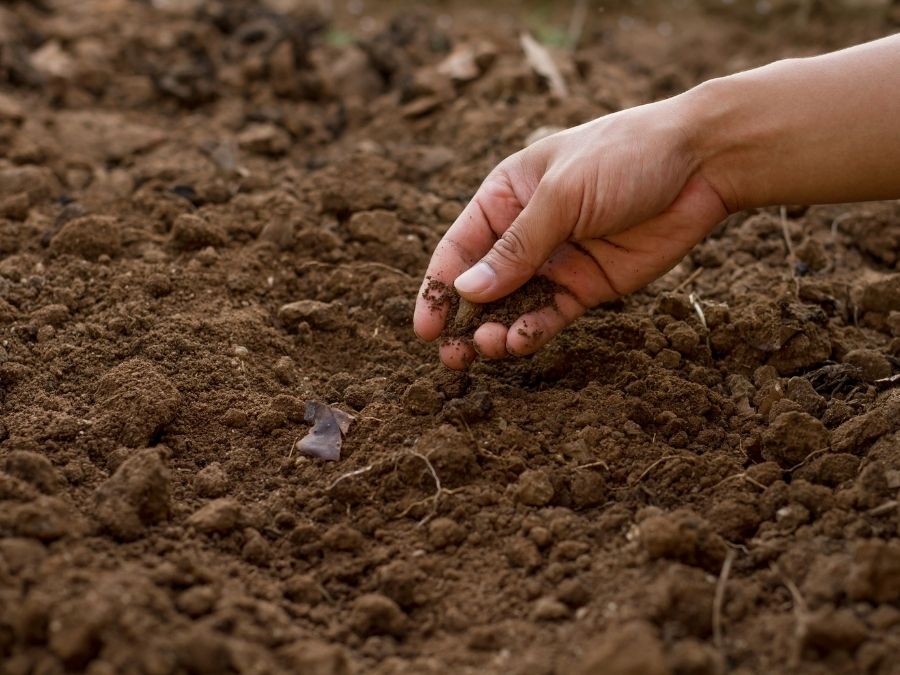
Soil, sunlight and water are arguably the three main components that will dictate the success of your garden. If you have already ruled out sun exposure or watering, your soil may be the issue. Using the right soil is crucial as it supplies vital nutrients to your plants, provides proper drainage and allows the root structures to grow without crushing or harming them.
Loamy soil is one of the best for a vegetable garden as it contains a combination of clay, sand, silt and other organic materials. Since every climate is different, identifying your soil type will help you identify what you should add to it in order to have ideal growing soil.
Most common types of soil:
- Clay
- Sand
- Slit
- Loamy
- Peat
- Chaulk
A few ways to troubleshoot problematic soil are to add in and mix different soils to create loamy soil and add fertilizers or compost to your garden. This will help add back vital nutrients to the soil that it loses over time. Lastly, check the pH level of your soil. The ideal pH for soil is between 6.0 and 7.0. If you find your soil is too low, add in lime to help raise it. Whereas if the pH is too high, add sulphur to lower it.
For more information and guidance on soil types, check out our article “The Best Soil Type For A Vegetable Garden & Where To Buy.”
4. Improper Watering
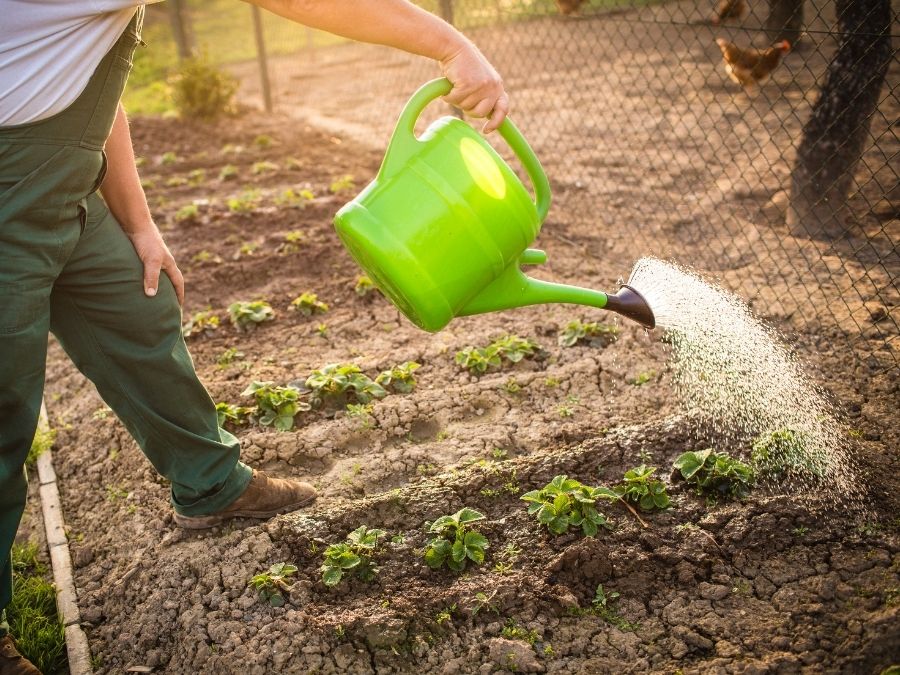
A common reason that vegetable plants stop growing is insufficient watering. While watering is important to provide vital nutrients and help crops grow, not all will require the same amount of water.
Underwatering your garden can lead to your plants drying out and potentially dying if left too long. As previously mentioned, water is necessary in order for your crops to thrive. Therefore, without enough water, your plants do not stand a chance. Symptoms of under-watering include:
- Slow or stunted growth
- Brown leaves
- Dry or crispy leaves
- Dry soil
- Leaves or flowers might fall off
Over-watering your garden can be just as harmful as not watering enough. This can cause issues such as root rot, mould, pests and other diseases. A few common signs of over-watering are:
- Wilting/drooping leaves
- Pests
- Mould
- Slow or stunted growth
- Yellow or brown leaves
Some plants need to completely dry out before they should be watered again. A rule of thumb is to water your garden twice a week, equaling around one to two inches of water per week. Changes in the weather, such as rainfall and heat waves, should be considered, as you may need to increase or decrease your watering amounts.
For more information on proper watering, check out our article “Should You Water Vegetable Plants Every Day?“
5. Weather And Temperature Changes

The weather can take a large toll on your vegetable crops, especially in extreme cases such as heatwaves, snap freezing or high winds. The best thing to do is prepare ahead of time for anticipated storms or changes in the weather.
As mentioned above, sometimes, the direct sun can be harmful if you live in a naturally hot area or are experiencing a heatwave. If you live in a hot climate, consider moving your garden to an area of your yard that does not receive direct sunlight during the hottest time of day and put down a layer of mulch. If you are experiencing a heatwave, the best option may be to use a shade cloth and increase your watering frequencies to prevent your garden from drying out.
If you are expecting a cold snap or frost, you should try to cover and protect your plants. Try putting a blanket, bucket or cold frame over your plants to help insulate them and reduce the effects of a sudden drop in temperature.
Try covering smaller plants with a blanket for sudden high winds, similar to what you would do for frost and sudden cold weather. For climbing vegetables such as tomatoes and peppers, make sure they are tied tightly to sturdy and strong supports. Lastly, make sure to keep on top of pruning and lay down mulch to help add extra wind protection and reduce the impact on your plants.
6. Planting Too Early Or Late
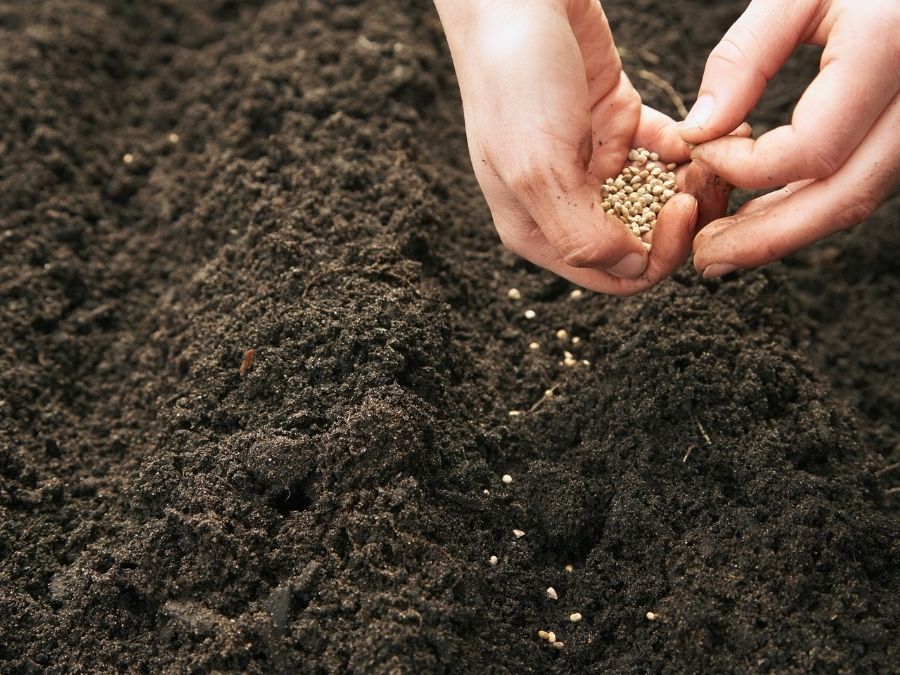
Depending on your climate, you may have planted your seeds too late in the season. Planting too late does not give your plants enough time to grow and become established to handle weather changes and pests. If this is the case, your vegetables will likely not fruit, or if they do, only produce small yields.
In contrast, while it is good to get a head start on your vegetable gardens, planting too early can also cause issues with your plant’s growth. If you plant your seeds or seedlings before the last frost, you risk stunting the growth of your crops and making them more susceptible to disease.
In addition, the soil temperature can affect the growth of your vegetables if they are planted too early. The soil temperature should be between 65 to 75 degrees F to properly germinate the seeds. If not, then this can stunt the plant’s growth and affect root growth.
7. Variety
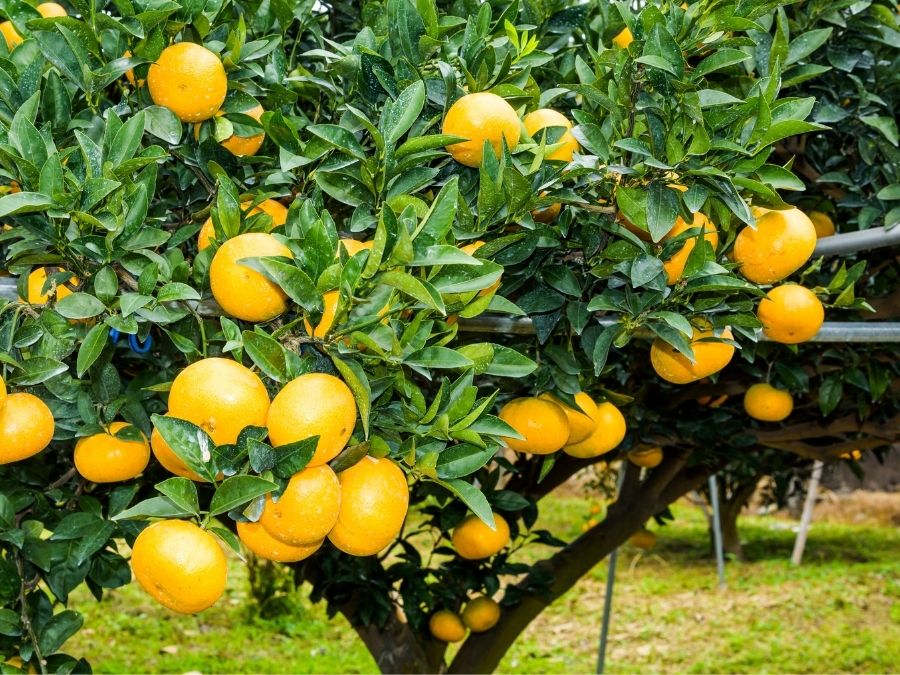
Choosing vegetables that are native to your area is quite important when it comes to a successful and bountiful yield. Look for plant varieties that grow well in your specific climate. If you find that certain crops are just not growing year after year, then it might be time to try out a different one.
If you are looking to grow vegetables that are not native to your climate, consider investing in a greenhouse where you can manipulate and control the climate. This is also a great way to grow vegetables all year round.
8. Not Rotating Crops
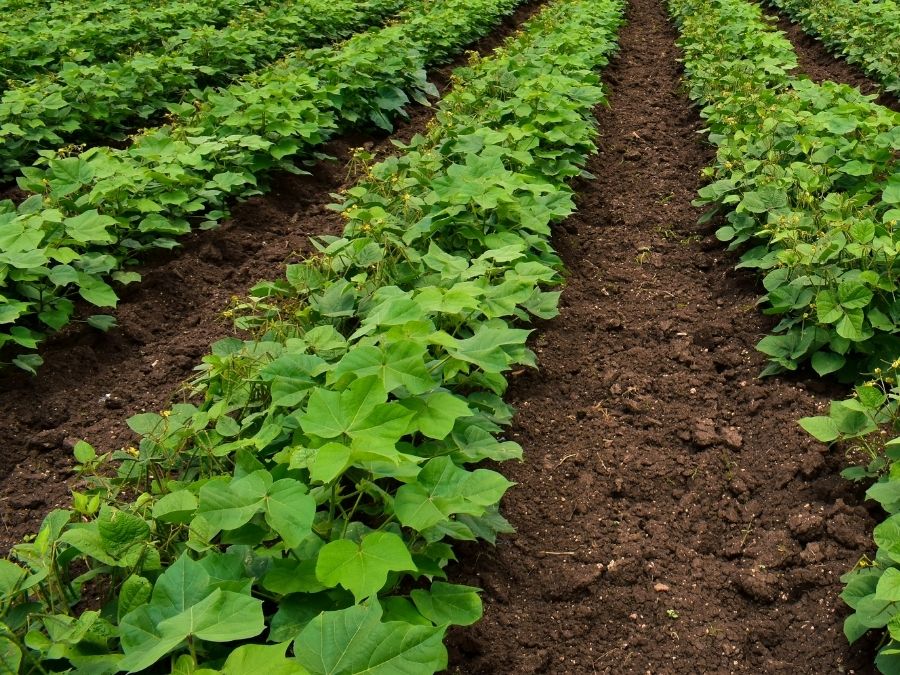
Rotating your crops can be extremely beneficial to your garden. Since plants take nutrients from the soil, over time, that area of your garden will lack vital nutrients and require nutrient additives to the soil. Crop rotation is useful as the new vegetable plants will provide the soil with nutrients that were previously taken up by the old plants. Not to mention, it helps to break pest cycles and diseases.
If you decide not to rotate your crops, you will need to make sure to add fertilizers and other nutrient additives to the soil.
9. Improper Plant Spacing
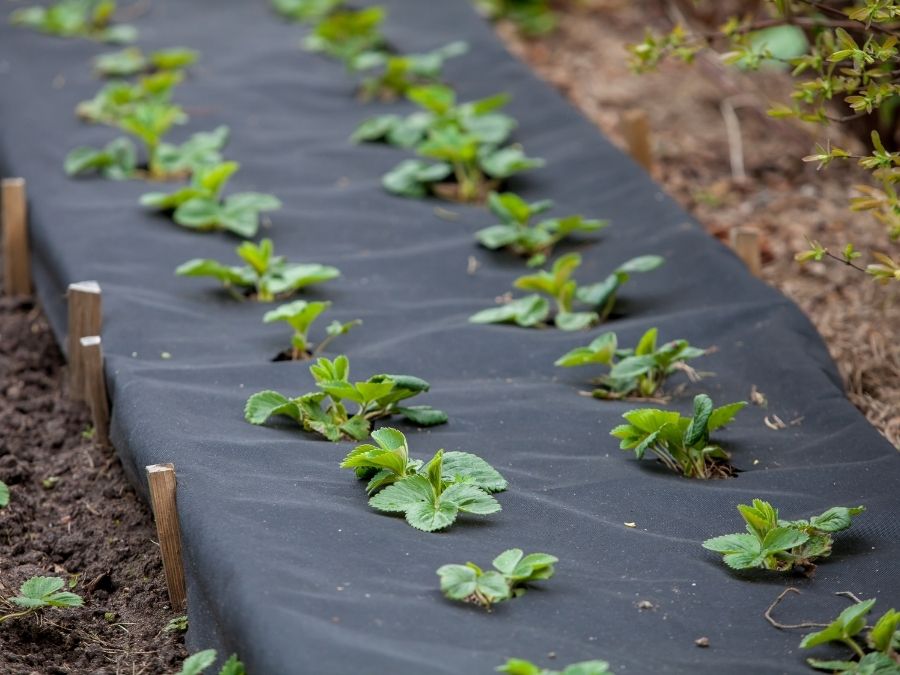
Proper spacing is important when it comes to starting and maintaining your garden. Each vegetable variety may vary in the spacing requirements, so be sure to check the back of your seed packages prior to planting. In an overcrowded garden, your crops will fight to get enough nutrients and water, which can lead to starving and killing your plants. Be sure to keep an eye out for signs such as poor or lack of flowering, disease and plant stress.
10. Pests
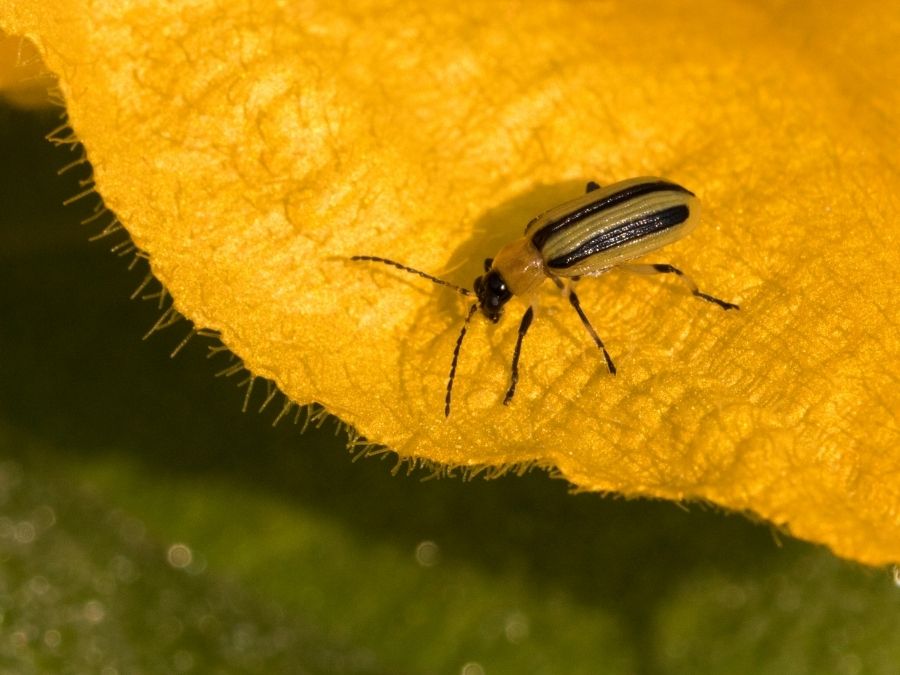
It is hard to fight the inevitable, and that’s pests. Some insects are beneficial to your garden, such as bees and butterflies, which help to pollinate flowering crops and ladybugs that keep away predatory bugs like aphids that will destroy your garden. In contrast, other pests will eat away at your plants.
Pest infestations in your garden are especially prevalent during the summertime due to the warmer temperatures. Maybe your cabbage has holes throughout, or your tomatoes are turning brown and wilting. This could be caused by insects.
A way to determine if insects are the problem is to research the particular vegetable that is not doing well and common pests for that variety. Then, compare the symptoms of insect damage and inspect your plants closely, making sure to check underneath leaves and around the stems. If you determine that pests are the issue, then you can begin treating those plants appropriately to stop the infestation.
11. Calcium Deficiency

Calcium is a vital nutrient needed in your soil to help with root and stem growth. When your soil does not have enough calcium, you may notice the following issues with your garden plants:
- Stunted growth
- Yellowing leaves
- Burnt leaf tips
- Blossom end rot
If your garden is lacking in calcium, the easiest solution is to add it to your garden, either by using limestone or eggshells. At the beginning of the season, try putting eggshells in the soil near tomato and pepper plants to add extra calcium, as these vegetables are more susceptible to blossom end rot.
12. Out Of Control Weeds
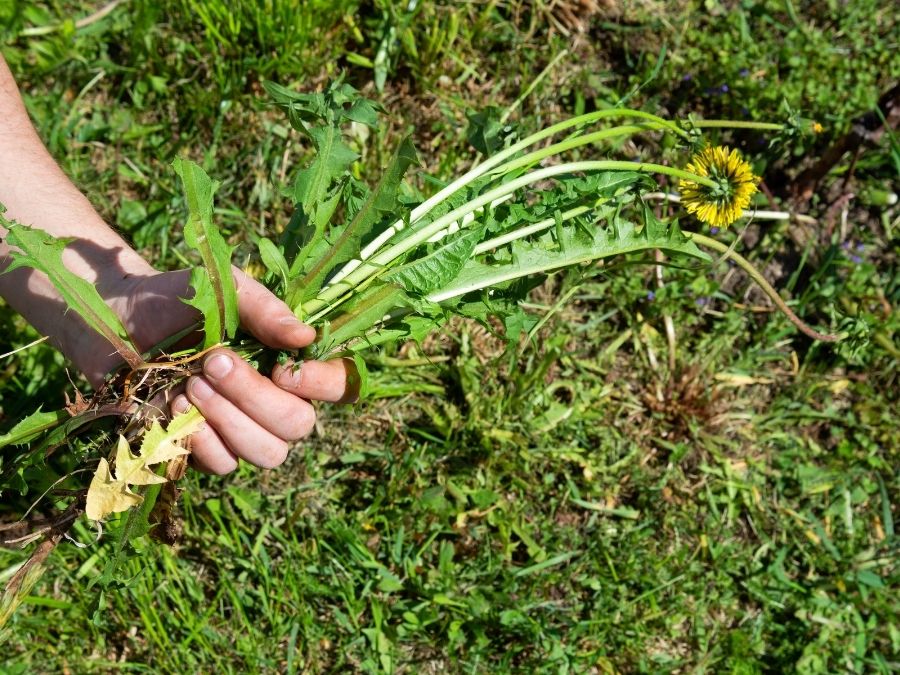
We are all guilty of letting some of the weeds in our garden get a little out of control occasionally. But did you know that this could be hindering the growth of your vegetable crops? Out-of-control weeds take up the vital nutrients and water from the soil, leaving little to none for the plants.
So, if your plants have slowed down or stopped growing while weeds are forming in your garden, then this could be the issue. To prevent this, you should remove weeds regularly and consider adding a layer of mulch, as it acts as a weed suppressant.
13. Too Much Nitrogen

While some plants love nitrogen (especially tomatoes), you need a perfect balance in order to effectively optimize your vegetable yields as it provides essential amino acids. Too much nitrogen can result in excessive foliage with an unsupportive root system and nitrogen toxicity.
Common signs of too much nitrogen in the soil:
- Overly dark green leaves
- Sometimes yellowing of the leaves
- Burnt leaf tips
- Abundance of leaves with no roots or fruit
Excessive nitrogen can happen due to over-fertilization, using soil additives that are high in nitrogen, or it could just be that your yard naturally contains high levels. If you think your plants are suffering from too much nitrogen, you can do a few things to help your garden. The first is to plant more vegetables that thrive off of nitrogen and will draw out nitrogen from the soil. A few examples of nitrogen-loving vegetables are:
- Tomatoes
- Corn
- Broccoli
- Peppers
- Leafy greens such as spinach and kale
Another method is to add fine woodchips, sawdust, or mulch to help remove the soil’s nitrogen.
14. Insuffient Pollination
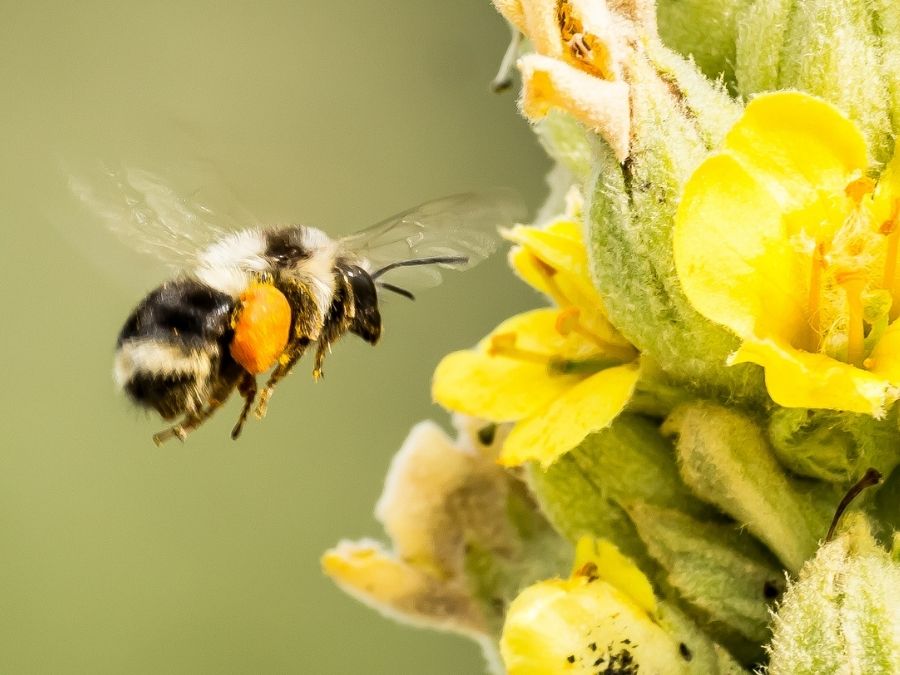
If you find that your fruiting crops are flowering and then dropping off or not producing any fruit, then the culprit might be that they lack pollination. Plants need proper pollination to bear fruit and produce new seeds, and without it, they simply will not produce a yield.
Lucky for you, there are a few ways to help with this issue! The first is to plant flowers such as perennials or marigolds around your vegetable garden to attract pollinators. You could also consider mowing your lawn less to allow for lawn flowers to bloom and draw in bees and other pollinating insects.
Another option is to hand pollinate. Some vegetable varietals have male and female fruiting flowers that can be manually pollinated. However, you will have to distinguish one from the other. The easiest way to hand pollinate is by taking the male flower, peeling off its petals and lightly dusting the pollen into a female flower.
15. Alternaria Leaf Spot

Alternaria leaf spot is a common fungal disease in brassica crops such as broccoli, cauliflower, brussels sprouts and cabbage. However, it is not only limited to these types of crops and can be found in various different vegetables. It is caused by one or more of these three pathogens: Alternaria brassicicola, A. brassicae, or A. raphaniby. Symptoms of Alternaria leaf spot include:
- Brown spots with a yellow halo
- Black spots
- Stunted growth
It can easily be spread through wind, water and gardening tools. To treat the Alternaria leaf spot, you will need to use fungicide directly on the infected plant. To prevent future infection, be sure to rotate your crops and remove all crop debris properties after harvesting.
16. Black Rot
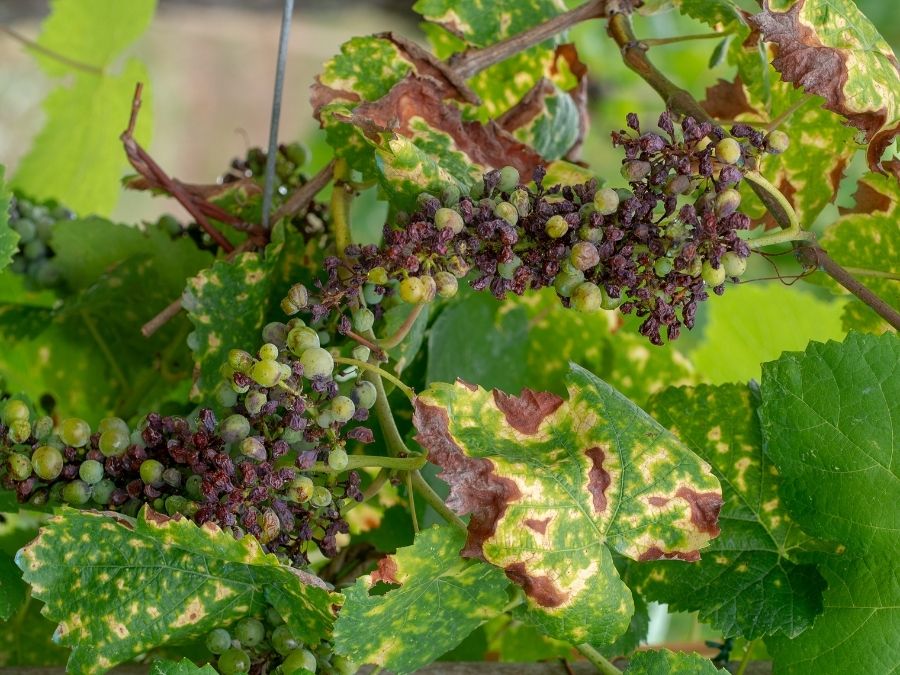
Black rot is a fungal disease that commonly attacks crucifer vegetables and various others. It is considered to be one of the more serious types of plant diseases and can be very difficult to control. Although symptoms may vary depending on the type of crop, here are some common signs of black rot:
- Dull yellow spots on leaves
- Yellow v-shaped lesions on the tips of leaves
- Brown or black veins
In the early stages of black rot, some fungicides may help to lessen the spread and effects. However, there is no treatment to get rid of it once it has increased in severity. Prevention is the best method. Make sure to keep your garden free from debris and weeds, especially infected ones. Prune out the infected plants and dispose of them safely.
17. Wirestem

Wirestem is a fungal disease that affects plant stems at the soil line. It can not only permanently stunt the growth of your plants but also kill them entirely. This particular disease is most common amongst cole crops such as broccoli, kale, cabbage, etc. Seedlings are also increasingly susceptible to wirestem, which causes them to shrivel up and eventually leads to damping-off disease.
Symptoms of wirestem include:
- Dark lesions on the stem
- Stunted growth
- Wilting
- Blueish leaves
The best way to reduce the likeliness of wirestem is to take prevention measures. The first is to make sure you are using well-drained soil that is not overly heavy. It tends to be more common in soils that contain higher amounts of clay and loam. The second is to make sure your seeds and transplants are free from diseases and healthy prior to planting. And lastly, try adding compost to your soil and space your plants apart to encourage quick drying and proper drainage. Overwatering your soil is one of the largest contributors to plant problems and diseases.
18. Botrytis / Grey Mould

Botrytis, also known as grey mould, is a common and persistent disease that can take over your vegetable crops. Usually, this disease only becomes visible after two to three weeks, giving it plenty of time to spread before you notice it. It consists of a mass of spores from the grey mould fungus that easily spread via wind and water splashing, making it a fast-spreading disease.
While the most common sign is brown or tan spots that are covered in grey mould, additional symptoms include:
- Rotting of flowers and buds
- Decay on fruits
- Withering of leaves and seedlings
If you notice your garden crops have grey mould, it is important to remove the infected plant and debris, then sterilize tools and other plants with disinfectant. Other than removing diseased plants, the best way to prevent grey mould is to properly space out your vegetables so that they have enough room to fully dry after watering and rainfall.


